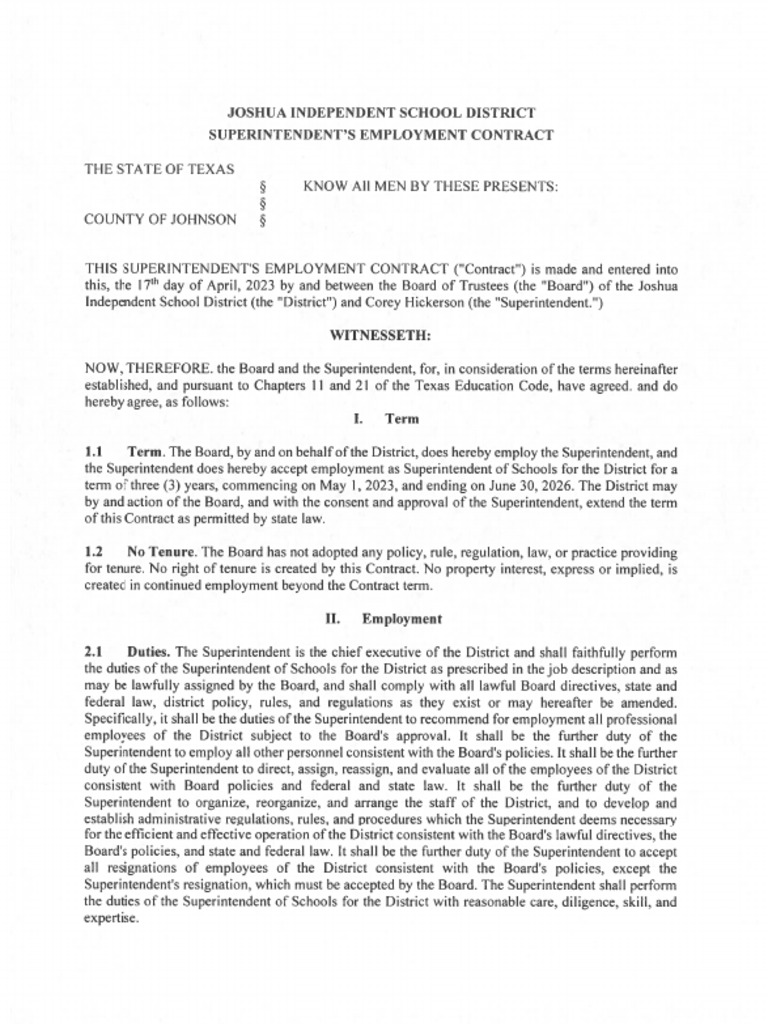Linkage Mapping Guide: Unlock Genetic Secrets
Understanding the intricacies of genetic inheritance has been a cornerstone of modern biology, and one of the most powerful tools in this endeavor is linkage mapping. This technique allows researchers to identify the location of genes on chromosomes based on how often they are inherited together. The concept is rooted in the discovery that genes that are physically close to each other on a chromosome tend to be inherited together during meiosis, due to the limited number of crossovers that occur.
Introduction to Linkage Mapping
Linkage mapping, also known as genetic mapping, is a method used to construct a map of the genes on a chromosome based on the recombination frequencies of genes during meiosis. The process begins with the selection of two parents with known genetic traits and the subsequent analysis of their offspring. By examining how often different traits appear together in the offspring, scientists can infer the physical proximity of the genes responsible for those traits on the chromosome.
Key Concepts in Linkage Mapping
- Recombination Frequency: This is a measure of how often two genes are separated during meiosis due to crossing over. It is the cornerstone of linkage mapping, as it provides a quantitative measure of the distance between genes.
- Centimorgans (cM): This unit measures genetic distance. One centimorgan is equal to a 1% chance of recombination between two genes, and thus, genes that are 1 cM apart have a 1% chance of being separated by a crossover event during meiosis.
- Genetic Map: The end product of linkage mapping, which is a diagrammatic representation of the relative positions of genes on a chromosome based on their recombination frequencies.
The Process of Linkage Mapping
The process involves several key steps:
- Selection of Parents: The first step is to select two organisms that are homozygous for different alleles of the genes of interest. These organisms are crossed to produce offspring that are heterozygous for the genes being studied.
- Analysis of Offspring: The offspring of the initial cross are then analyzed for their traits. This can involve direct observation for visible traits or molecular techniques for genes with no visible phenotype.
- Crosses and Backcrosses: To gather more data, the offspring can be crossed with one of the original parental types (backcross) or with each other (intercross). These additional crosses help to increase the sample size and provide more information about the recombination frequencies.
- Calculation of Recombination Frequencies: By examining the genotypes and phenotypes of the offspring from these crosses, researchers can calculate how often different genes are separated from each other during meiosis.
- Construction of the Genetic Map: Using the recombination frequencies, a map of the genes on the chromosome can be constructed. Genes that are often inherited together are placed close to each other on the map, while genes that are frequently separated are placed farther apart.
Applications of Linkage Mapping
Linkage mapping has wide-ranging applications in genetics and biotechnology:
- Disease Gene Identification: By identifying genetic markers that are linked to a disease gene, researchers can narrow down the region of the chromosome where the disease-causing gene is located, facilitating its identification and potential treatment.
- Crop Improvement: Linkage maps can be used to identify genes responsible for desirable traits in plants, such as disease resistance or improved nutritional content, allowing for more targeted breeding programs.
- Evolutionary Studies: Genetic maps can help researchers understand the evolutionary relationships between different species by comparing the arrangement of genes on their chromosomes.
Challenges and Limitations
Despite its power, linkage mapping faces several challenges:
- Low Resolution: For genes that are very close together, the recombination frequency may be too low to accurately measure, making it difficult to determine their order.
- Interference: The presence of multiple crossovers in a small region can interfere with the accurate estimation of recombination frequencies.
- Genetic Heterogeneity: In some cases, the same trait can be caused by mutations in different genes, complicating the interpretation of linkage data.
Modern Advances in Linkage Mapping
The advent of high-throughput sequencing technologies has revolutionized the field of genetics, including linkage mapping. Techniques such as next-generation sequencing (NGS) allow for the rapid generation of large amounts of genetic data, enabling the construction of high-resolution genetic maps with greater speed and accuracy than traditional methods.
Integration with Other Techniques
- Genome-Wide Association Studies (GWAS): Combining linkage mapping with GWAS can provide a more comprehensive understanding of the genetic basis of complex traits and diseases.
- High-Throughput Sequencing: Direct sequencing of offspring from linkage mapping crosses can provide detailed information on recombination events and help in identifying genes of interest.
Conclusion
Linkage mapping is a foundational technique in genetics that has revolutionized our understanding of how genes are inherited and how they are organized on chromosomes. Its applications are vast, ranging from the identification of disease-causing genes in humans to the improvement of crop plants. As genetic technologies continue to evolve, the integration of linkage mapping with other advanced techniques promises to uncover even more genetic secrets, advancing our understanding of life and its diversity.
What is the primary purpose of linkage mapping in genetics?
+The primary purpose of linkage mapping is to construct a map of the genes on a chromosome based on how often they are inherited together, allowing for the identification of the physical location of genes and their relative distances from each other.
How does recombination frequency impact the construction of genetic maps?
+Recombination frequency is crucial for constructing genetic maps as it provides a measure of how often two genes are separated during meiosis. Genes with higher recombination frequencies are placed farther apart on the map, while those with lower frequencies are placed closer together.
What are some of the challenges faced by linkage mapping?
+Linkage mapping faces several challenges, including low resolution for closely linked genes, interference from multiple crossovers, and genetic heterogeneity where the same trait can be caused by different genes.
